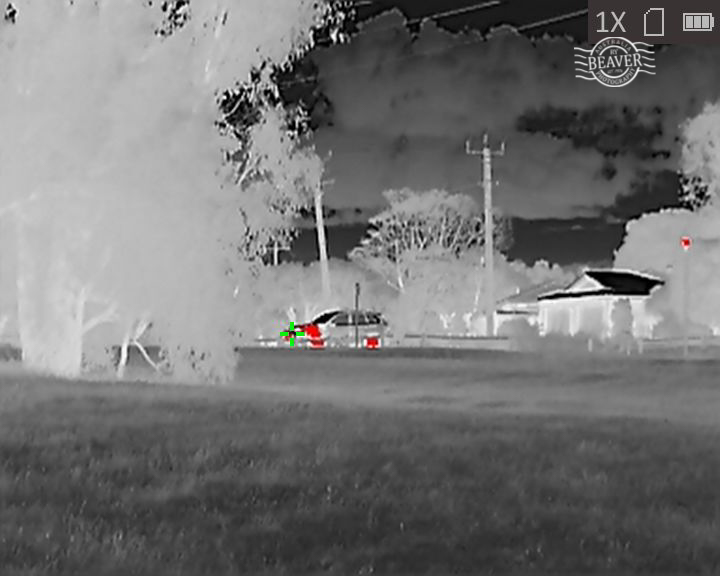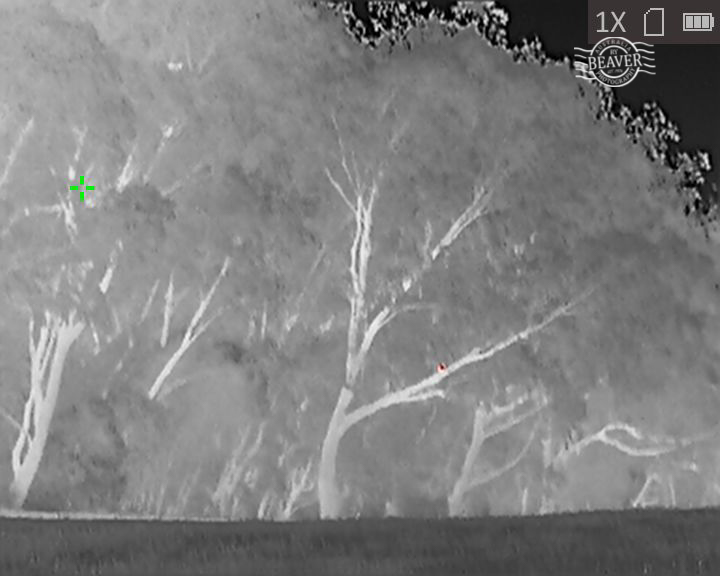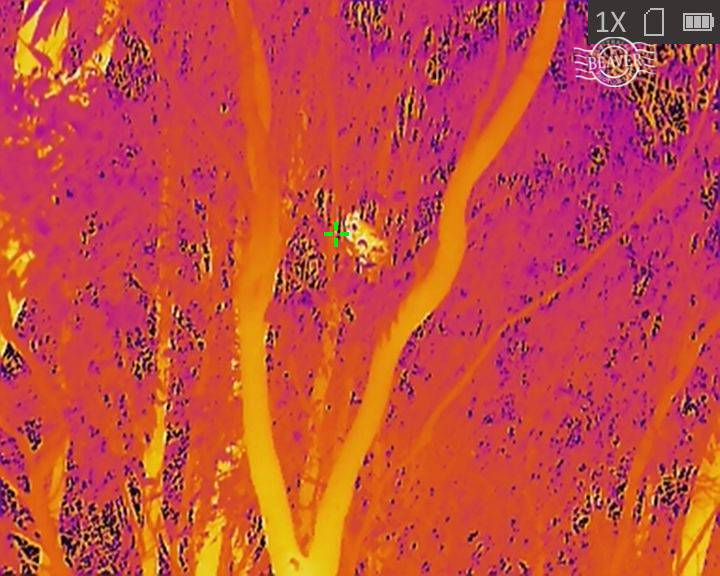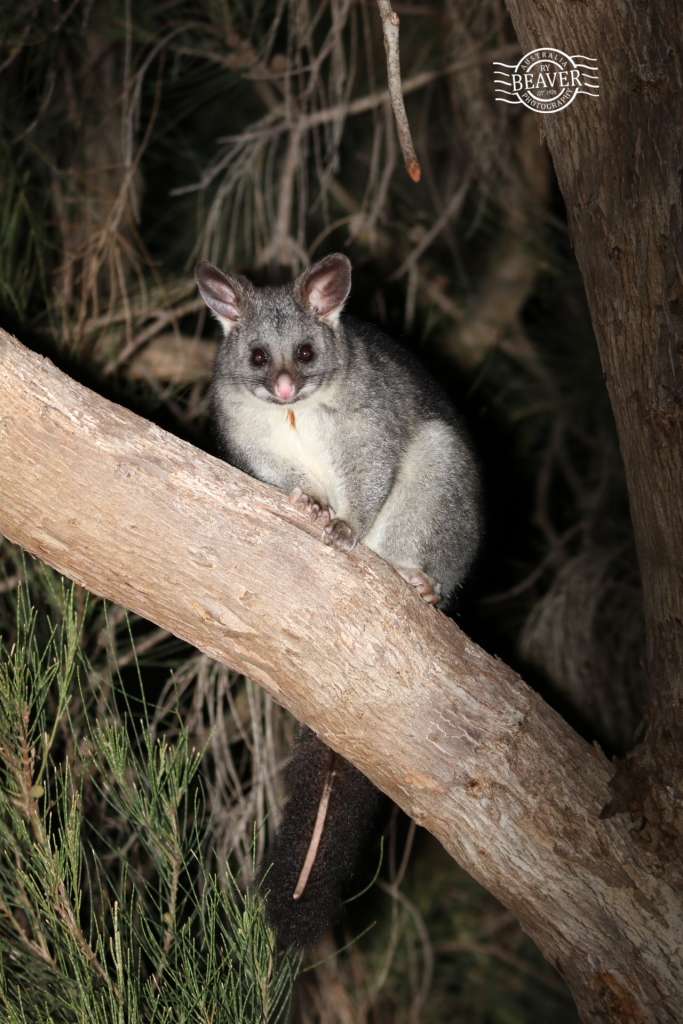Possums with my new thermal camera!
Possums with my new thermal camera!
A blog by Ry Beaver at Wildlife watching Australia outlining the use of thermal imaging in wildlife detection and photography
The camera was purchased with my own funds and I have received no financial benefits from this review. As part of my blog I would declare if I have been supplied with equipment on the basis for providing a fair review.
For quite some time I have been dreaming of a thermal camera and reading (a little jealously at times) accounts of people using them to find mammals. I was recently very fortunate to be in the position to purchase one! I had initially thought of going for a Pulsar, like many in the mammal watching community, but I contacted Night Vision Australia and they recommended I look at the Wolfcub series (now known as HikMicro) of thermal monoculars. Once I explained the way I would be using it, they said that whilst the Pulsar would work, they recommended that Wolfcub had a wider viewing angle and would allow location of mammals without as much scanning.
I wasn’t able to find any reviews on them for Australian conditions and animals, but then worked out that they were rebranded Hikvision thermal monocular scopes – a very well known brand globally, but being sold in Australia under the name Wolfcub. I was able to locate a few international reviews – here and here. My main aim is to find some of the smaller creatures on my hit list which have eluded me so far, such as the honey possum and pygmy possum.
In a nutshell: thermal camera detect heat and resolve it in an image – much like the old-school predator movie where the creature tries to hunt Arnie! They have a focal length much like a camera lens which determines the field of view.
I finally decided on the Wolfcub Explorer 3L (now known as the HikMicro OWL OH25) – which has a 25mm lens, weighs just under 500g, IP67 waterproof rated and 2m drop proof. In addition, it contains 16GB memory for taking stills & videos. It also has a Wi-Fi hotspot which can broadcast to an app on a smartphone for others to view but also control, take stills & video from another device. It is powered by an internal battery which lasts about 5 hours with the Wifi turned off. It is charged and memory accessed via a USB-C port on the bottom. The features indicate it has an included laser pointer but that has to be turned off for the Australian market to comply with regulations. Images of the unit below.




I played around with it at home but was very keen to get out and test it on some Aussie mammals. I decided to go back to one of my suburban brushtail possum spots as I knew they were there and it’s not too far from home.
I headed to John Oakey park in Gosnells and I have written about it on the blog a number of times before. I initially found the thermal camera a little strange as I found my depth perception suffered just viewing trees through a digital screen.

I soon spotted my first possum – at first by spotlight (as that’s what I am used to) but then quickly found it on the thermal camera. One of the camera features is the green cross which highlights the hottest spots on the sensor. It is the red dot right and below middle.





I was soon finding many possums and getting used to the strange world the thermal camera exposes. The wolfcub has 4 different viewing palettes: Black hot, White hot, Red Hot & Fusion (predator mode!). I found that initially the red hot palette helped spot possums, but was surprised at the latent heat remaining on tree surfaces, rocks and the pavement.
The below series shots the same possum as I got closer – I guess I was maybe 30-40m away when I was first able to pick up the possum.






This is the same possum once close enough to take a traditional photo.

I was quickly getting the hang of using the thermal for initially finding possums, but also doing comparisons if I could headtorch them from the same distance. In some cases they were not visible just by spotlighting. Spotlighting relies on picking up the reflective membrane in the animals retina – so they can be missed if their head is obscured or turned away. The thermal camera picks up heat but may not penetrate through trunks or thick layers of leaves which may obscure animals as well.

General photos of the possums after locating on thermal.




I also took some video images to give an idea of what it looks like through the view finder. I must say the resolution in the viewfinder is higher than is recorded in stills and video. See below for a video of a possum found on the railing of the bridge over the river.

I have created a YouTube playlist to see more videos.
I found a couple of mums with joeys which was nice to see.


I still have a lot to learn using the thermal camera but it adds to the tools I have at hand. I am yet to try on smaller mouse size creatures as that is the real purpose for buying the camera.
I hope this write-up was useful – I will write up more as I use it. Feel free to contact me directly if you would like to know more.
Checkout Ry Beaver’s website for this blog and other here
Here are his YouTube and Instagram accounts as well which have some very cool thermal videos and photos of amazing Australian wildlife


